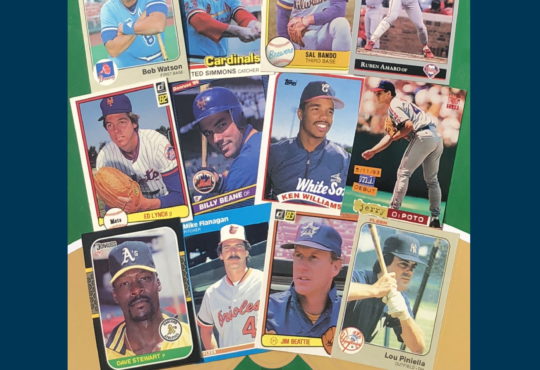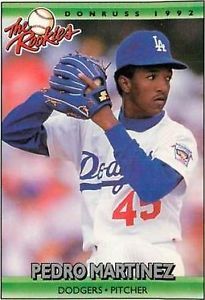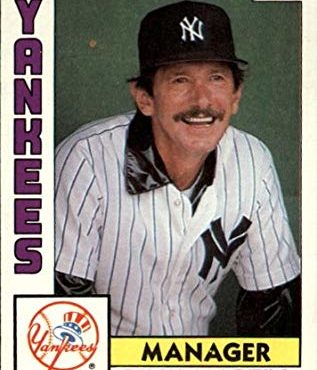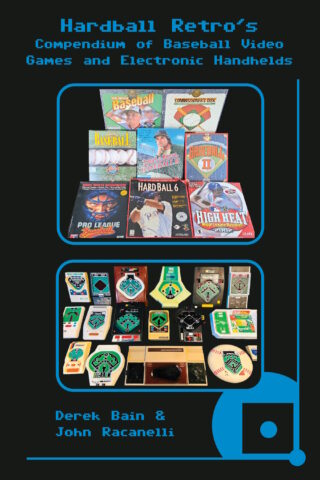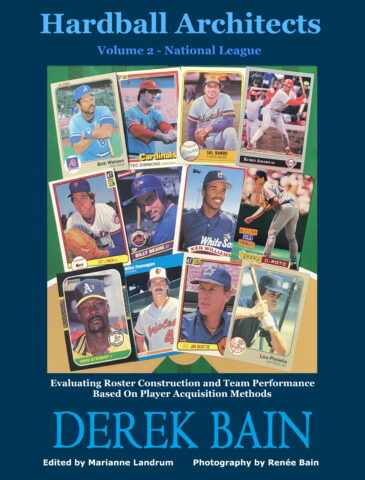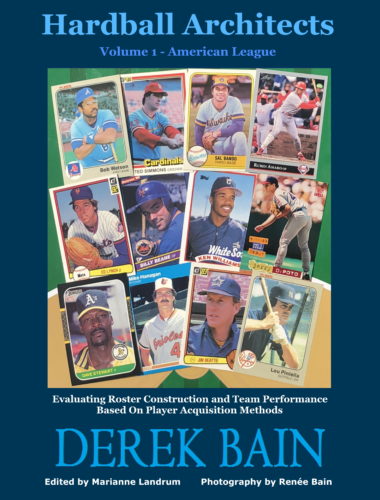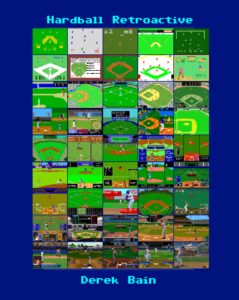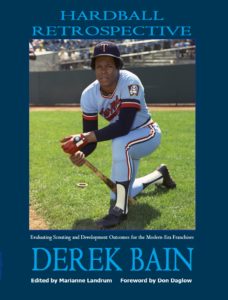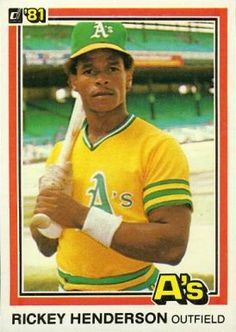
To Swing or Not to Swing … That is the Question
The last two articles have hinted how Moneyball’s heavy emphasis on analytics may actually bring baseball back to an old school style. The pendulum has swung so far in one direction that the inefficiency in the market in the two previous cases has been on an old school approach that we thought may be long gone. On this day, as a baseball person who played professionally and coached collegiately but admittedly owns an advanced degree in analytics from an Ivy League University, I bring you the war of attrition- aggressiveness or patience at the plate.
Let’s first examine Bill James and the Moneyball influence. As a special advisor to the Red Sox, James helped rewire the Breantown faithful into expecting their hitters to force opposing pitchers to throw. They traditionally took the first pitch and tried to get opposing starters to hit a certain pitch count as early as possible (ironically exploiting a Moneyball pitching staple of capping pitch counts and only seeing the lineup twice before going to the bullpen). Boston, under his influence, led the league in walks in 14 seasons since 2002. Examining that same stretch, only two teams had more plate appearances where they took the first pitch. There is a direct correlation between taking the first pitch and scoring runs (teams in the top ten are above league average in runs scored). If you follow the Moneyball pattern, taking the first pitch leads to walks, walks lead to runs, and runs lead to wins. So patience works, right?
The 80’s were a more aggressive time seeing Rickey Henderson set records for leadoff homers. Hitters saw an average of 3.5 pitches per at bat where the modern hitter sees almost 4. A half of a pitch per at bat adds up over 2 trips through the lineup… about 10 extra pitches.
Here’s some thoughts to ponder regarding the first pitch:
- 45% are thrown for strikes.
- BABIP .340/.350/.577 on 1st pitches
- BABIP .319/ .330/.503 on 0-1 count
- BABIP .338/.341/.538 on 1-0 count
Here’s a look at what happens when a batter swings at the first pitch:
- 40% foul it off
- 25% swing and miss
- 26% put it in play for an out
- 9% get on base
If you’re not good at math … you only have a 35% chance of putting the ball in play. Yes, hitting a baseball is hard. So, if you take the first pitch, you have a 46% chance of being down 0-1 and if you swing, you have a 65% chance of being down 0-1. If avoiding being down 0-1 is your goal, then taking the first pitch seems to be the way to go. BABIP for the 0-1 count is .329/.330/.503… however, the two most feared counts as a hitter are your next two options … 1-1 and 0-2.
1:1 has long sense been argued as the most pivotal count in baseball. Let’s look at the splits when a hitter gets two strikes:
- BABIP .149/.159/.227 on 0-2 count.
- BABIP .161/.169/.243 on 1-2 count.
- BABIP .181/.187/.291 on 2-2 count
- BABIP .204/.449/.349 on 3-2 count
It’s not a promising outlook when you get two strikes on you. I go back to the old adage my dad impressed upon me… “ If you don’t let them get two strikes on you, they can’t strike you out.” I’d like to take that a step further as we wrap this up. Ask yourself the question as you prepare for your at-bat: what is your approach or plan? You have to have one. I’ll give you one last pairing of statistics before you decide which fits you… to swing or not to swing.
- .265/.290/.440 0-0 count if you swing
- .242/.330/.296 0-0 count if you don’t
Here’s one last nugget to chew on before sending in your opinion. Looking at the tipping point count of 1:1, BABIP for 2-1 count is .339 vs. .169 on a 1-2 count. Those numbers should put fear in your heart- it’s the difference between being an all-star and being out of the league.
Let’s deduce like Columbo to solve this mystery:
- Getting 2 strikes on results in bad outcomes.
- Getting a 1-1 count can shift the pendulum in drastic directions… risky.
- Being active as a hitter within the first 2 pitches appears to give the hitter an opportunity to have statistical success…
The moral of the story can be split into two genres. The analytics guru in me tells you to avoid two strikes and the worst thing you can do as a hitter is become too predictable (Since analysts deal with using historical data to predict future performance). The old school baseball guy in me tells you, swing at pitches in the zone and most importantly, swing at pitches in YOUR zone. Hit it hard and keep it fair. Cut out the swing-and-miss. Baseball is much more than homers, walks, and strikeouts. The dichotomy of my personality is telling you to look to strike early in the count. Both the numbers and the predictability of the rest of the league hitters are on your side. If pitchers think you’re taking early and they want to at least be in a 1-1 count, chances are you’re going to see a strike. Rickey, Donnie Baseball, Pete Rose… bring these types back.
